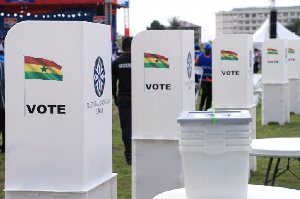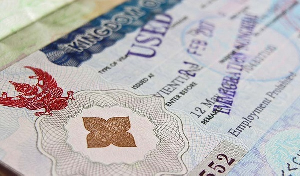As the world races through a global election year, a new specter looms large:
Deepfakes. These strangely realistic synthetic videos, generated by artificial intelligence (AI), have sparked widespread concern about their impact on social and political landscapes. Let’s delve into this digital quagmire and explore the implications.
The Deepfake Dilemma
Deepfakes, fueled by generative AI, have become a hot topic. Even President Biden’s Executive Order on AI and the National Institute of Standards and Technology’s AI Safety Institute Consortium have weighed in.
The stakes are high, with decisions like the Federal Communication Commission’s ban on AI-generated voices in robocalls and Big Tech companies opting to label, rather than outright ban, AI-generated content on their platforms.
Trust in the Age of Misinformation
Purdue University’s Governance and Responsible AI Lab (GRAIL) is keeping a close eye on these developments. Beyond the immediate risks, they’re concerned about the indirect effects of AI-generated content. Can a surge of deepfakes erode public trust? Could politicians exploit misinformation about misinformation, creating a “liar’s dividend” that undermines accountability?
The Liar’s Dividend
Legal scholars Bobby Chesney and Danielle Citron coined the term “liar’s dividend.” Their argument? As deepfakes become more convincing, false claims gain credibility. But it’s not just about deception; it’s about political survival. Can politicians cry “deepfake” to weather scandals and maintain support? Your guess is as good as…
From Entertainment to Chaos
Back in 2018, Jordan Peele’s deepfake of President Obama was a curiosity—a blend of entertainment and awareness. Fast-forward and deepfakes have infiltrated elections, fueled fraud, and even triggered military coups. The authenticity of images and videos is now suspect, and deepfake detectors struggle to keep up.
Our Investigative Journey
To unravel the political implications, extensive research was conducted. A surveyed of over 15,000 American adults across five studies (2020-2022). Participants faced real scandals involving politicians, presented either via video or text. Offensive remarks about race and gender were on display, including Todd Akin’s infamous comments.
The Politician’s Defense
After the scandals, participants encountered a politician’s response. Some claimed the story was false, others apologized, and some remained silent. But the twist? Some politicians cried “deepfake,” exploiting the confusion. Did this boost their support? Did it erode belief in the story and media trust?
That said, how then can we get around this deepfake threat? Frankly, I don’t know the answer. But one thing I do know is, shielding ourselves from the deepfake menace requires a multifaceted approach. Here are some strategies:
Awareness and Vigilance:
Educate yourself and others about deepfakes. Understand how they’re created and their potential impact.
Be skeptical of sensational or suspicious content, especially if it seems too good (or bad) to be true.
Source Verification:
Verify the source of videos and images. Check if they come from reputable channels or official accounts.
Use reverse image search tools to identify potential fakes.
Context Matters:
Consider the context in which content is presented. Does it align with what you know about the person or situation?
Beware of out-of-context snippets that distort the original message.
Technical Tools:
Explore deepfake detection tools. While not foolproof, they can help flag suspicious content.
Encourage research and development of better detection methods.
Secure Communication Channels:
Use secure channels for sensitive conversations. End-to-end encrypted platforms offer better protection.
Be cautious about sharing personal information online.
Legal and Policy Measures:
Advocate for regulations and policies that address deepfakes.
Support initiatives that promote transparency and accountability.
Remember, staying informed and maintaining a critical eye are our best defenses against the deepfake threat!
In conclusion, one thing is clear: vigilance is our shield against the deepfake menace.
Click to view details



Opinions of Sunday, 7 July 2024
Columnist: Wilson Ofotsu Otchie
Deepfakes: Elections 2024 Albatross
Opinions


















